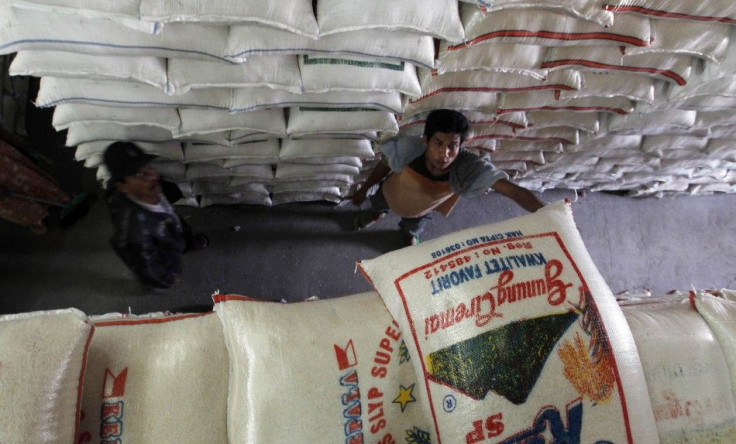El Niño 80% Between Oct and Nov – UN’s WMO

The World Meteorological Organisation, the UN's weather agency experts, has placed at 80 per cent the chances of an El Niño weather event recurring in the Pacific Ocean by yearend, between October and November.
The Geneva-based World Meteorological Organisation in an update released on Thursday, said the looming high temperatures could exacerbate the already burgeoning effects of man-made global warming.
"El Nino leads to extreme events and has a pronounced warming effect," Michel Jarraud, WMO secretary-general, said. "It is too early to assess the precise impact on global temperatures in 2014, but we expect the long-term warming trend to continue as a result of rising greenhouse gas concentrations."
Australia's Bureau of Meteorology, from an initial July impact forecast, said the El Niño weather phenomenon might probably develop by September.
Read: El Niño Lagging Behind, Could Come in September - Australia
The El Niño weather phenomenon occurs every two to seven years. It leads global temperatures to the extremes, including droughts and heavy rainfall across the globe.
In Australia, its impact tends to make the country drier, making it more susceptible to the risk of bushfires.
Read: Looming El Niño Forces Australia to Lower Down 2014-15 Wheat Production Forecast by 1%
Scientists earlier predicted this year's El Niño weather phenomenon would be just as severe as the 1997-98 event. But continuous observations they saw in the movement of sea temperatures made them adjust their projections. The 2014 El Niño looks to be just a moderate event.
"We are expecting about the same levels as the 2009-10 El Niño," Rupa Kumar Kolli, chief of the WMO division that deals with climate prediction and adaptation, told AP.
Read: Australian Dairy, Beef Farmers Advised to Brace for 2014 El Niño Impacts
The 2009-10 El Niño was the hottest year on record.
Nations around the world have started conducting respective preparations in anticipation of a strong El Niño weather occurrence this 2014.
"This [El Nino] is very important because it could have a huge impact on global grain markets," Nan-Dirk Mulder, a Rabobank analyst, said in April.
Barclays Plc, in a note on May 8, said sugar, cocoa, palm oil and wheat could be the crops most affected by the 2014 El Nino.
"Today we are seeing weather risk creep into the [sugar] market," commodities broker Macquarie said in a note to investors. "The first weather risk is the drought in Brazil. The second risk (though less impactful at this stage) is the growing chance of an El Niño developing in H2 of 2014. El Niños are typically associated with weak monsoons in India, drier Australia and South East Asia, and wetter CS [Centre-South] Brazil - all of which carry bullish connotations for sugar."






